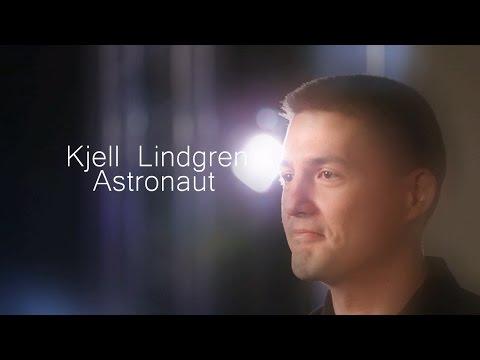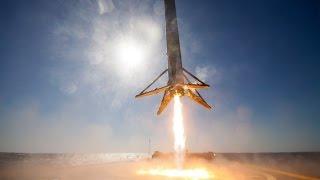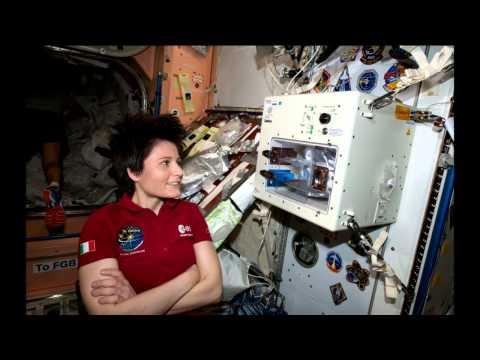Outer Space & Universe
Outer Space & Universe
Space, also known as outer space, is the near-vacuum between celestial bodies. It is where everything (all of the planets, stars, galaxies and other objects) is found.
On Earth, space begins at the Kármán line (100 km above sea level). This is where Earth's atmosphere is said to stop and outer space begins. This is not a firm boundary but is a convention used by scientists and diplomats.
Items in space are free to move back and forth; up and down; and left and right. These three dimensions are what make 3D space. Items also move forward through time, which is sometimes called the fourth dimension.
The majority of space contains very little matter and so most of it is a vacuum. Scientists do not know how big space is but we do know that space is extremely big, and is always expanding.
According to the big bang theory, all matter and energy in the Universe was compressed into a very small space. Then it exploded and started expanding. Space is still growing in size today; this means the distance from one galaxy to distant galaxies is getting longer.
Gravity is the force that keeps the Moon in orbit around the Earth and the planets in orbit around the Sun. Gravity can stretch and bend space similar to how a heavy ball placed on a stretched sheet of rubber will cause the rubber to stretch. The scientist who discovered that space can bend is named Albert Einstein. How gravity bends space is part of his theory of general relativity.
Astronauts, Cosmonauts, Taikonauts and Spationauts
An astronaut is any person who is trained by NASA to travel and perform tasks in space. Although the space traveler may not necessarily be a United States citizen, each astronaut does go through a rigorous training regiment by the National Aeronautics and Space Administration. Other space travelers go by other names then astronaut depending on their country of origin.
In the United States, astronaut is derived from the Greek words ástron (star) and nautis (sailor). While, in Russia, a space traveler goes by the name космонавт (English: cosmonaut), which is derived from the Greek words kosmos (universe) and nautis (sailor). Westerners call a space traveler from China a taikonaut, based on the 1998 writings of Chiew Lee Yik and Chen Lan where the term tàikōng (great emptiness), Chinese for “space”. In China, the term yuháng yuán (universe navigator) is used for space traveler.
Only the United States of America (United States), Russia (earlier, the Union of Soviet Socialist Republics), and the People’s Republic of China (China) have sent manned spacecraft into space. Other countries have assisted these countries by sending their own space travelers on space missions. For instance, a French space traveler is called a spationaut (from the French word spationaute), which is derived from the Latin spatium (space) and Greek nautis (sailor). (plural in Greek nautes = sailors)
-
06:14
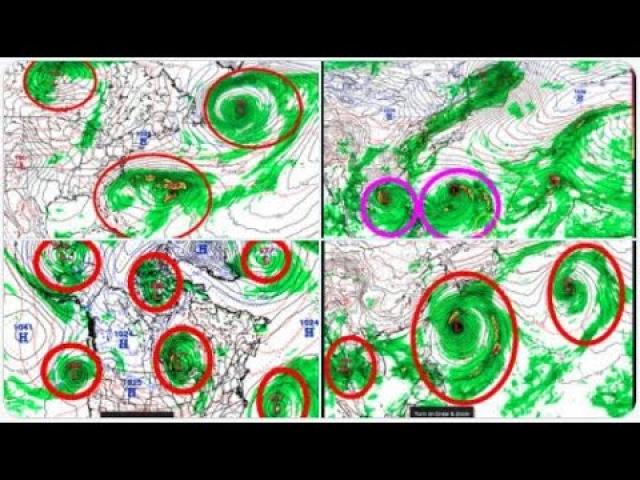
Alert! The Middle of October looks like Super Wild Weather from The Pacific, Atlantic & the GOM.
Added 267 Views / 0 LikesAll signs point to very Active oceans between October 9th-23rd.T LEWISON5430 BIRDWOOD RD. #416HOUSTON TEXAS 77096https://www.paypal.me/THORnewshttps://venmo.com/TEric-Lewison$THORnews on CashApphttps://www.patreon.com/thornews
-
01:28
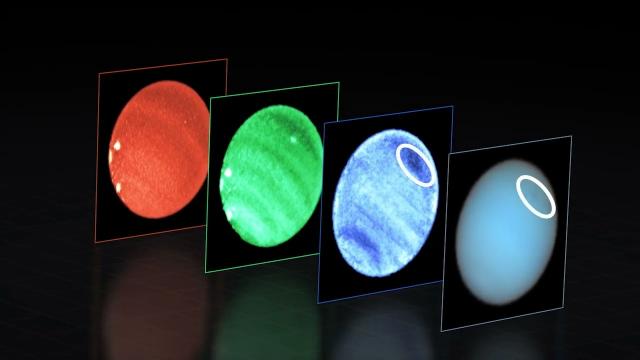
Neptune has a 'mysterious' dark spot! Detected from Earth
Added 155 Views / 0 LikesThe planet Neptune has a large dark spot "with an unexpected smaller bright spot adjacent to it," inveru observations using ESO's Very Large Telescope. Credit: ESO
-
05:47
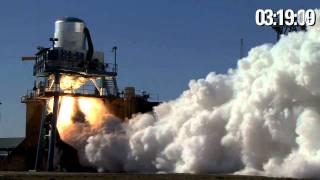
SpaceX Testing - Full Duration Orbit Insertion Firing
Added 657 Views / 0 LikesA full duration orbit insertion firing of the Falcon 9 second stage, at the SpaceX Test Facility in McGregor, Texas. In flight, the engine will include a large expansion nozzle which improves its performance in the vacuum of space. More information on Spa
-
00:30
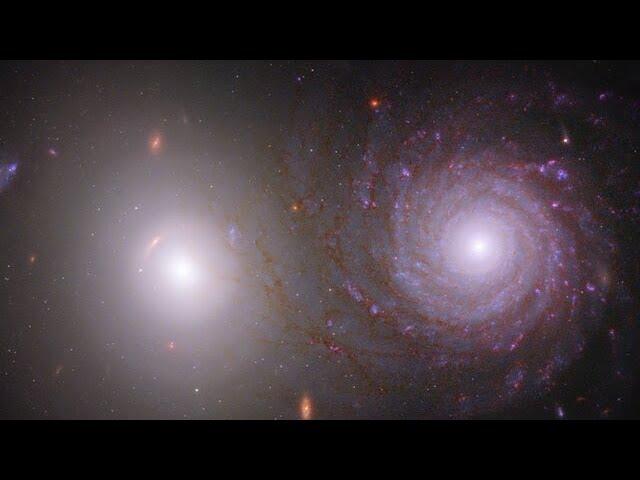
Video of Galaxy Pair VV 191 (Webb and Hubble Composite Image)
Added 190 Views / 0 LikesBy combining data from the NASA/ESA/CSA James Webb Space Telescope and the NASA/ESA Hubble Space Telescope, researchers were able to trace light that was emitted by the large white elliptical galaxy at left through the spiral galaxy at right and identify
-
04:18
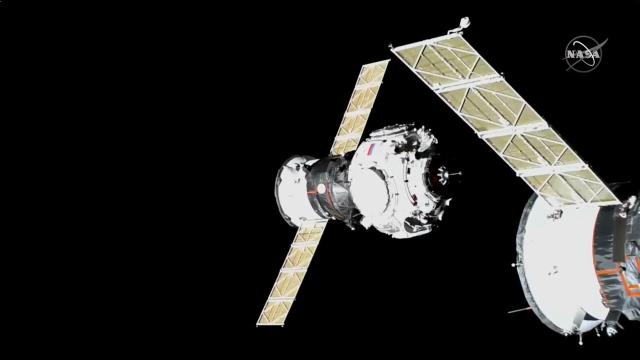
Russia's Prichal docking module captured by space station
Added 279 Views / 0 LikesThe Russian Prichal docking module arrived at the International Space Station on Friday, Nov. 26, 2021. Credit: NASA
-
14:52
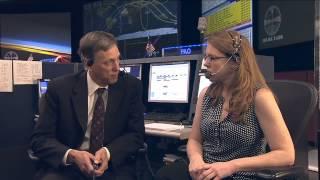
Space Station Malfunction: NASA Explains Cooling System Shutdown | Video
Added 799 Views / 0 LikesISS Mission Operations Integration Manager Kenny Todd explains what happened with the station's cooling loop on Dec 12, 2013 and the efforts to fix the problem. The ISS crew is not in danger but an Orbital Science's cargo delivery may be delayed.
-
01:01
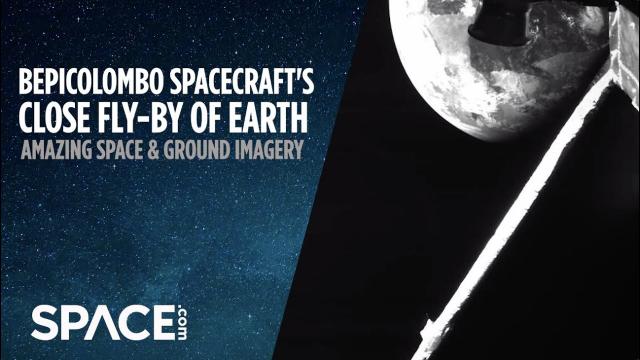
See BepiColombo spacecraft's Earth fly-by in amazing space and telescope views
Added 482 Views / 0 LikesThe ESA/JAXA BepiColombo spacecraft completed a gravity assist maneuver with a close flyby of Earth on April 10, 2020. The spacecraft captured imagery of Earth on April 9 and 10 during its approach. Gianluca Masi from the Virtual Telescope project also ca
-
04:13
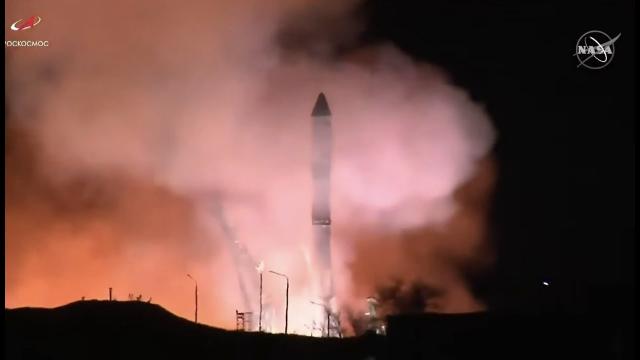
Blastoff! Progress 79 cargo spacecraft launches to space station
Added 257 Views / 0 LikesA Russian Soyuz rocket launched the Progress 79 cargo resupply spacecraft from the Baikonur Cosmodrome in Kazakhstan to the International Space Station on Oct. 27, 2021 (Oct. 28 local time).Credit: NASA
-
00:45
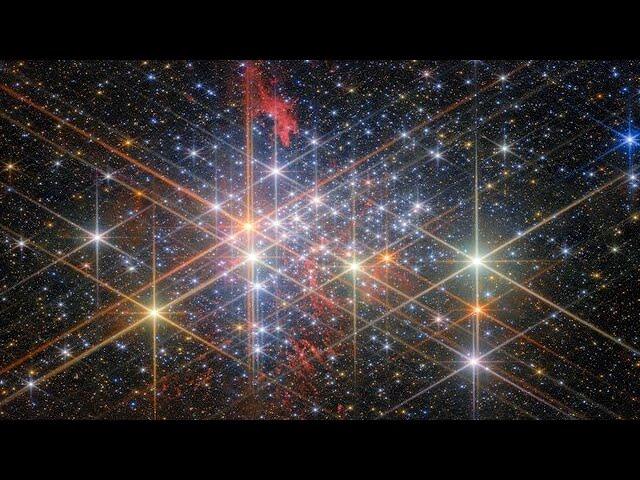
potm2409a
Added 56 Views / 0 LikesThe open cluster Westerlund 1, showcased in this new Webb Picture of the Month, is located roughly 12 000 light-years away in the southern constellation Ara (the Altar) where it resides behind a huge interstellar cloud of gas and dust. It was discovered i
-
02:11
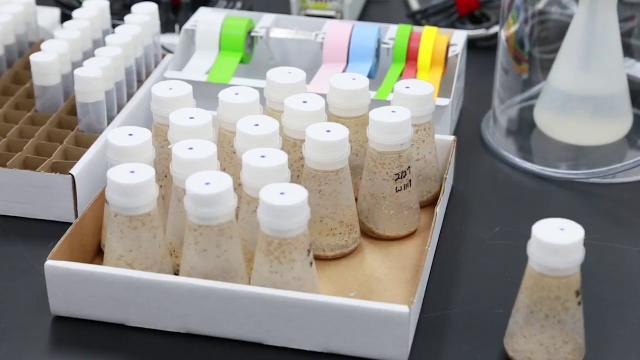
Fruit Flies on Space Station - New Platform Carries Thousands
Added 510 Views / 0 LikesScientists will use the Multi-use Variable-gravity Platform (MVP) Validation mission to study the effects of spaceflight on Drosophila melanogaster (fruit fly). There is a lot that can be learned from them since the genetic makeup of the fruit fly is very
-
02:06

Japan to launch SLIM lunar lander to moon! See the mission animation
Added 163 Views / 0 LikesJAXA in launching a small lunar landing demonstrator "SLIM " in late August 2023. See it travel to the moon's surface in this animated explainer. Credit: JAXA
-
00:45
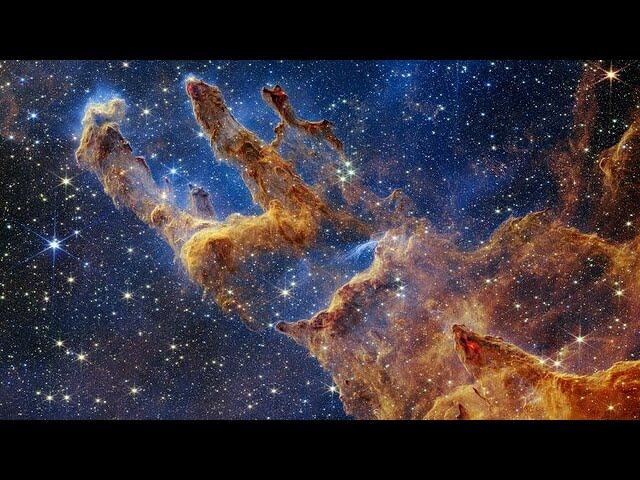
Pan of the Webb’s Portrait of the Pillars of Creation
Added 194 Views / 0 LikesThe Pillars of Creation are set off in a kaleidoscope of colour in the NASA/ESA/CSA James Webb Space Telescope’s near-infrared-light view. The pillars look like arches and spires rising out of a desert landscape, but are filled with semi-transparent gas a
-
02:49
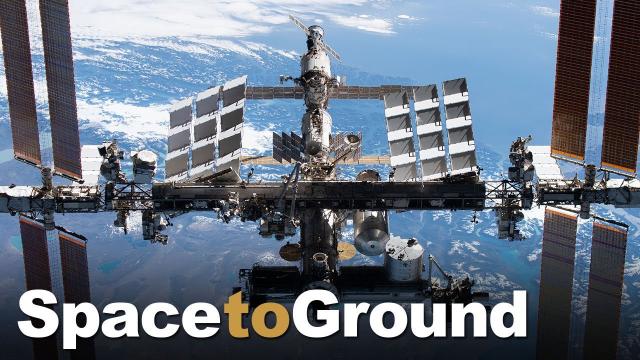
Space to Ground: Home Improvement: 12/03/2021
Added 257 Views / 0 LikesNASA's Space to Ground is your weekly update on what's happening aboard the International Space Station.Got a question or comment? Use #AskNASA to talk to us. Learn more about the important research being operated on Station:https://www.nasa.gov/iss-scien
-
01:20
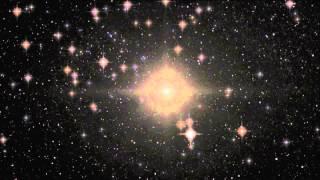
Star Cluster Messier 67 Harbors Planets | Fly-Through Animation
Added 837 Views / 0 LikesThe old star cluster in the Cancer constellation is home to at least 3 planets. - one of which orbits the Sun's twin. ESO's Harp planet hunter instrument, mounted on a Chilean telescope, found the hot gas world. This animation reveals one world. Read more
-
05:55
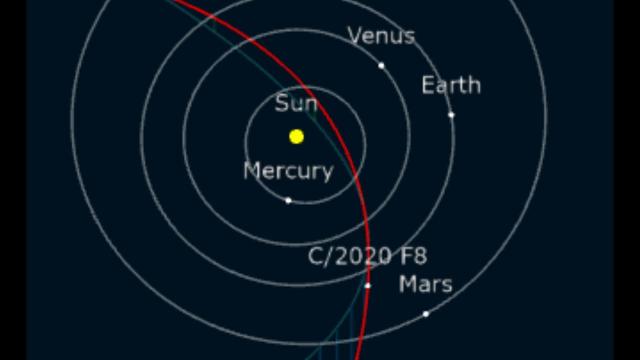
6.0 Earthquake in Mexico & 4.2 in Utah + New Comet SWAN & space forces Breaking up Comet Atlas?
Added 465 Views / 0 LikesThe Heavens are getting more interesting everyday.God bless everyone,T LEWISON5430 BIRDWOOD RD. #416HOUSTON TEXAS 77096https://www.paypal.me/THORnewshttps://venmo.com/TEric-Lewison$THORnews on CashApphttps://www.patreon.com/thornews
-
34:03
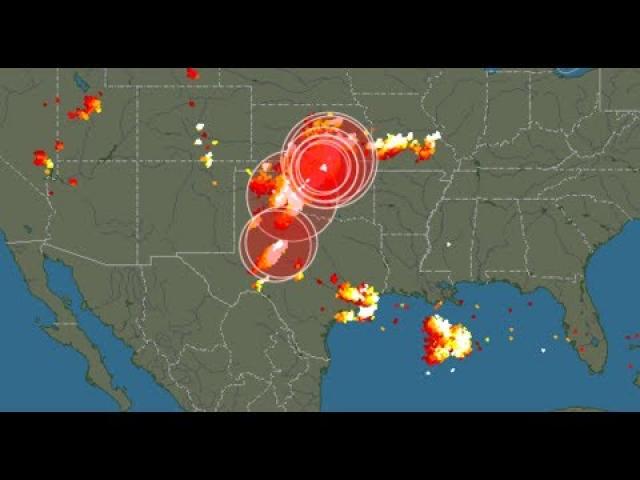
50,000 lightning strikes in 48 hours?
Added 458 Views / 0 Likestoday mayGod bless everyone,Tmail toT Lewison5430 Birdwood Rd. #416Houston, Tx 77096Tto purchase the leak com live stream leakcon live stream LeakCon2019 Live-Stream https://bit.ly/2TTbPIq
-
01:05
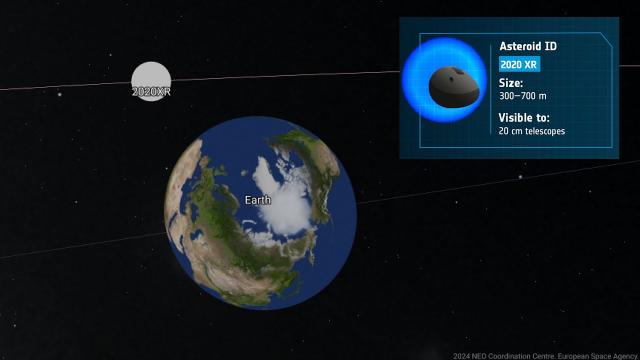
Stadium-size asteroid safely flies by Earth in orbit animation
Added 94 Views / 0 LikesAsteroid 2020 XR flew about 1.37 million miles (2.2M km) away from Earth on Dec. 4, 2024. The space rock is estimated to be about 300-700 km (248-434 miles) wide. Credit: Space.com | animation courtesy: 2024 NEO Coordination Centre - European Space Agency

